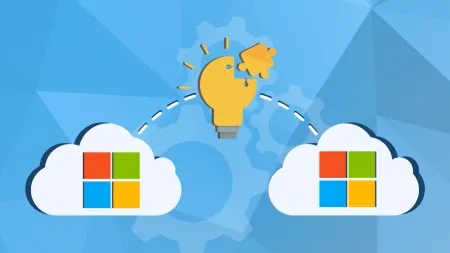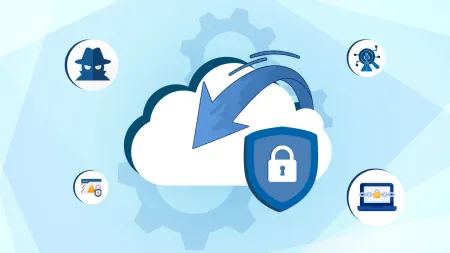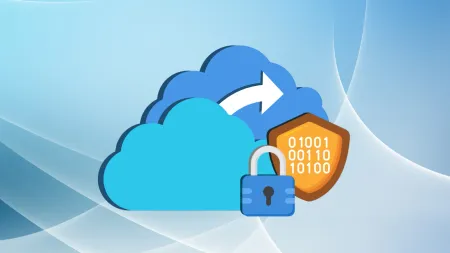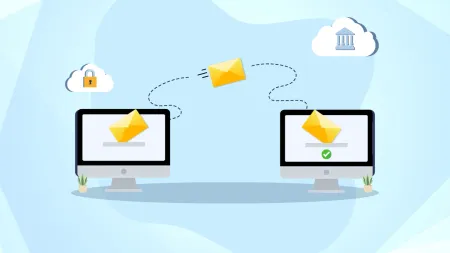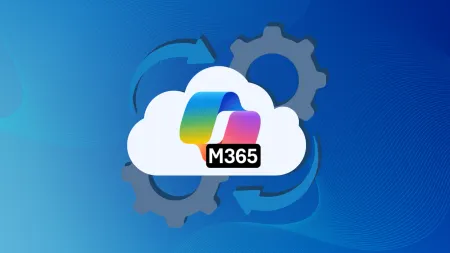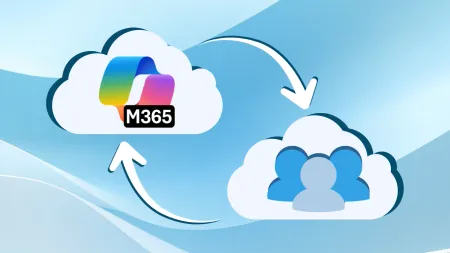What Is the Microsoft Substrate?
The word substrate refers to an underlying layer or surface This gives us some clues as to what the Microsoft Substrate is To understand more about ...

The word substrate refers to an underlying layer or surface. This gives us some clues as to what the Microsoft Substrate is. To understand more about what this layer is underlying, and why Microsoft’s team of engineers created it, we’ll need to take a trip back in time to the first introduction of Office 365. Once we’ve explained what the Substrate is, we’ll talk a little bit more about what makes it such a powerful addition to Office 365 functionality and expandability.
The Early Days of Office 365
When Office 365 launched over a decade ago, a completely different landscape existed in cloud computing. Machine learning hadn’t taken off like it has, nor had any of the various tools that rely on connecting many disparate software products together for workflow automation, more transparent reporting, and other benefits. As such, the early infrastructure that powered Office 365 didn’t provide for applications connected to one another. As the need for bigger, more cohesive data and software products that can communicate with each other like best friends instead of distant relatives emerged, Microsoft needs to make some changes to that infrastructure in order to keep Office 365 moving with the times.
Enter the Intelligent Substrate Platform
To solve this problem, Microsoft created the Intelligent Substrate Platform. As our early definition indicates, the Substrate provides a backbone for all of the services and applications that power the Microsoft Cloud. In doing so, it allows much tighter integration of Microsoft products and services with each other. Through a powerful graph system, third-party developers can also take advantage of the substrate; and in the process create applications that make full use of the Microsoft cloud in a way they couldn’t. In a sense, Substrate is the operating system for Microsoft’s cloud. It combines functionality and access in much the same way Windows does for your desktop computers, servers, and workstations.
The Layers of Office 365
Before we take a closer look at Substrate, let’s back up and take a faraway view of how the Office 365 environment is built on top of it. By understanding how the various parts are connected, you’ll be better able to understand what makes Substrate so powerful and how it will be able to power future innovations in both the general Microsoft cloud and the 365 product line in particular.
Objects
Objects make up the core of the Microsoft Substrate. These are the individual pieces of data that users create as they make use of Office 365 and other Microsoft cloud products. Sometimes, the Substrate stores the data. Other times, the Substrate only stores a reference to data that’s stored by a specific application. As a user, you never need to worry about exactly where the data is stored. The only thing you need to know to understand the Substrate is that it has access to every bit of data in the Microsoft cloud and provides access to that data for any application that needs it. This substrate layer provides the cohesion that early Office 365 lacked.
Services
These are the cloud services that Microsoft uses to power its cloud applications. They are the same services that are available to developers everywhere. Tools such as Azure cloud services and Active Directory, Information Protection, and Artificial Intelligence are all included. Also, they provide a glue layer to the Substrate. They use the data in Substrate and manipulate it according to their particular purpose. We can also include the cloud versions of SharePoint and Exchange in this category. Although they’re technically applications, the hood internally uses them at Microsoft to provide many of the features of the Microsoft cloud.
The Graph
In the early days, each of the cloud services offered by Microsoft had its own application programming interface (API). These are the tools that developers use to communicate with third-party tools. They are crucial for the ability to integrate cloud services into applications. With the advent of the Substrate, Microsoft has been working on switching all their cloud services over to a singular API known as the Graph. The Graph does for applications what Substrate did for the cloud as a whole, namely making the disparate components more cohesive to work with.
Apps
Without applications to make use of them, the other layers wouldn’t serve much of a purpose. This layer is made up of the individual applications contained in Office 365, other Microsoft cloud apps, and even applications created by third parties to take advantage of the powerful architecture that Microsoft has created for cloud computing.
How Substrate Benefits Office 365 Users
 Closeup shot of someone using a cellphone in the dark.
Closeup shot of someone using a cellphone in the dark.
By now, you should have some intuitive sense about what made the Substrate necessary. Before we finish up, let’s just quickly go over some of the most impressive features:
- Search — It isn’t very often that one application is used in isolation. Nor is it often that all the files and other data you may want to find are all neatly organized. With everything now represented in the Substrate, regardless of where, why, and how it was created, searches can span information created by every application in the cloud.
- Information Protection — When data stores and tracks the program that created it, information protection became harder. While the original files aren’t always stored in Substrate, it does keep very detailed records. Thus, making it an easier task for Microsoft Information Protection to perform its duties.
- Machine Learning — We are relying more and more heavily on machine learning. Machine learning relies very heavily on big data. With Substrate, all the data it needs is in one convenient place. The ability to access this data without knowing anything about the circumstances about how it was created helps to feed the data-hungry machine learning algorithms that power a modern cloud computing solution.
Security and Compliance with Microsoft 365
Agile IT has created a wide range of Microsoft focused solutions to secure your Microsoft 365 environment and to meet compliance requirements across regulated industries including defense, finance, and healthcare. To find out more about controlling the information in your environment, schedule a free consultation.
